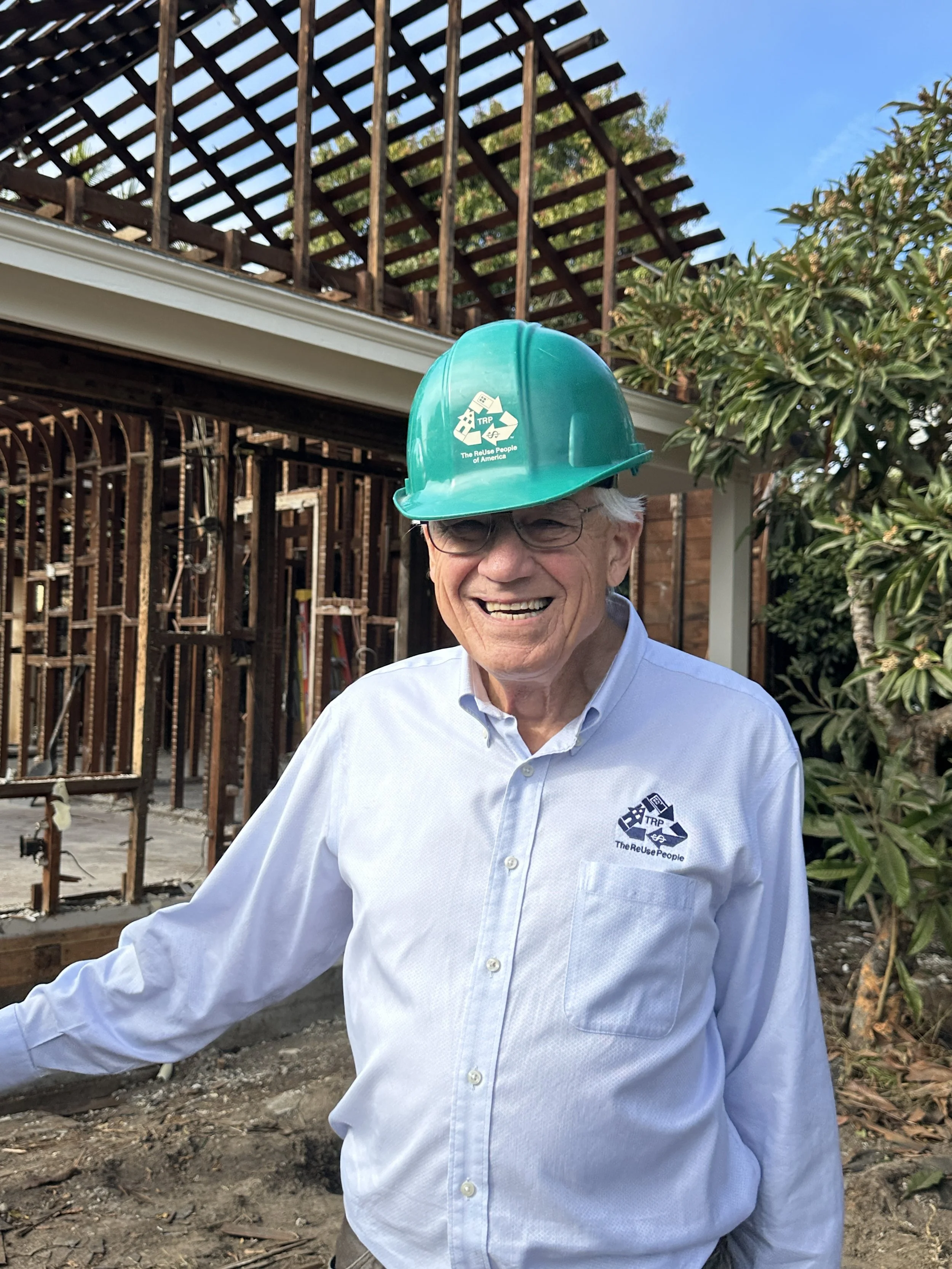Deconstruction on the Mesa
Something remarkable is happening on Santa Barbara’s Mesa. What might have been an ordinary demolition project is instead becoming a model for sustainability, innovation, and community impact. Crews are hard at work on a residential deconstruction project, carefully dismantling a home to salvage reusable materials and divert them from our already overburdened landfills.
What is Deconstruction?
Unlike traditional demolition, deconstruction is a thoughtful, hands-on process. Instead of reducing a building to rubble, skilled crews disassemble it piece by piece, preserving materials such as:
Doors
Windows
Cabinets
Lighting and plumbing fixtures
Framing lumber
Roofing materials
Flooring
These materials often find new life through donation or resale, reducing waste and supporting a circular economy.
Why Deconstruction Matters
Deconstruction offers significant benefits that resonate far beyond the job site. For our community, the advantages include:
Energy Savings: Salvaging materials from just one home can save over 30 million BTUs of energy, enough to heat and cool 750 homes in Santa Barbara for an entire year.
Tax Deductions: Donated materials often qualify for substantial tax benefits, adding financial incentives to the environmental ones.
Job Creation: Deconstruction employs seven times more workers than demolition, contributing to the local economy and creating skilled jobs.
Environmental Impact: By keeping reusable materials out of landfills, deconstruction helps improve our environment and aligns with Santa Barbara’s commitment to sustainability.
A Community Effort
Projects like this demonstrate how individual choices can drive meaningful change. Instead of simply tearing down and discarding, this approach reimagines what we can do with the resources we already have.
City of Santa Barbara: deconstruction|sustainability & resilience
Witnessing the transformation of waste into opportunity is a powerful reminder of how small shifts in thinking can lead to significant impacts.


